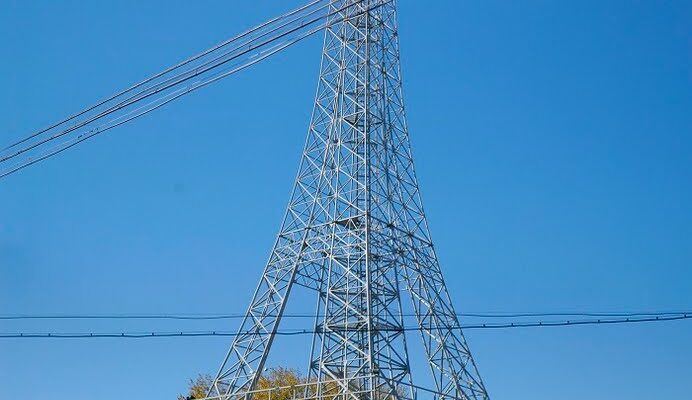Village of Paris
The village of Paris is a colorful village in the Chelyabinsk region, named in honor of the Russian army’s victory at Paris. The settlement was founded in the mid-19th century, when the Orenburg Cossack army stayed in these places. It is curious that nowadays the people living here call themselves Parisians, and about their village they speak with an accent on the last syllable – “in ParisE”, “from ParisA.”
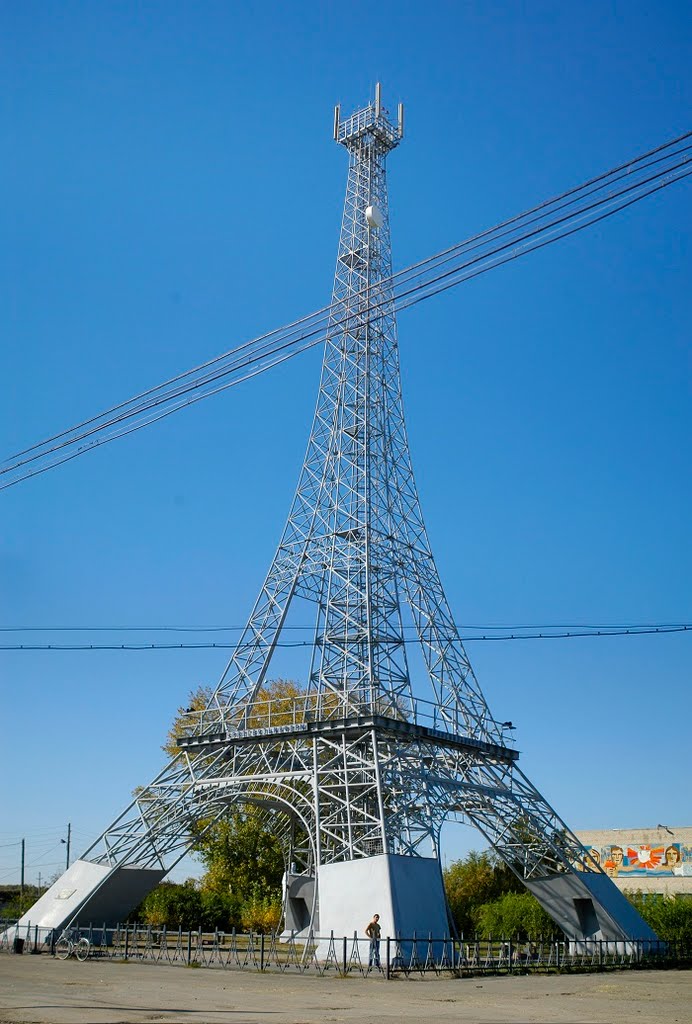
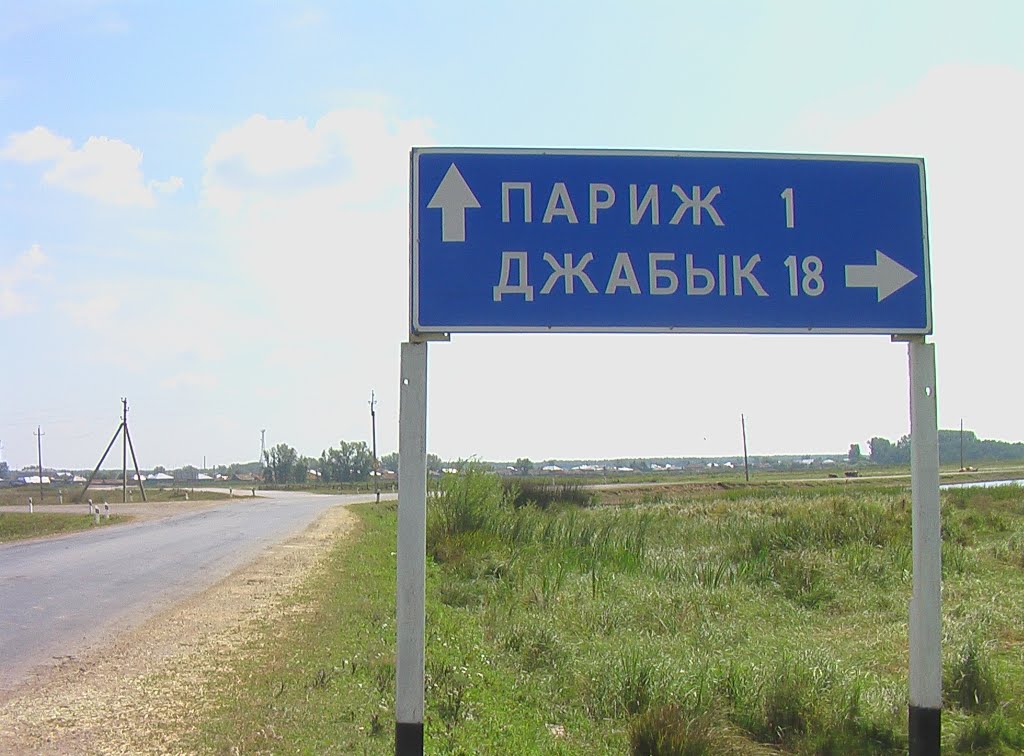
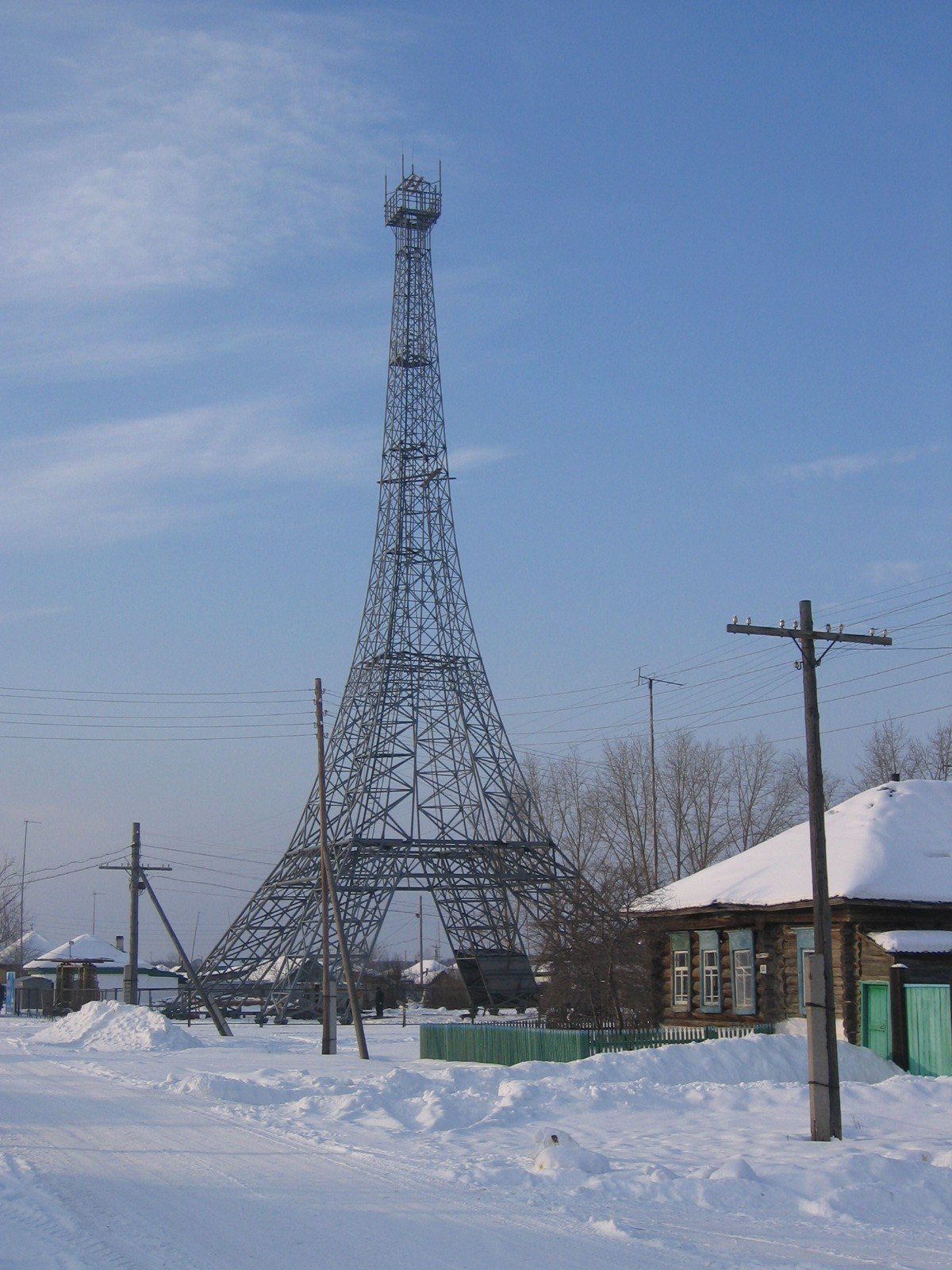
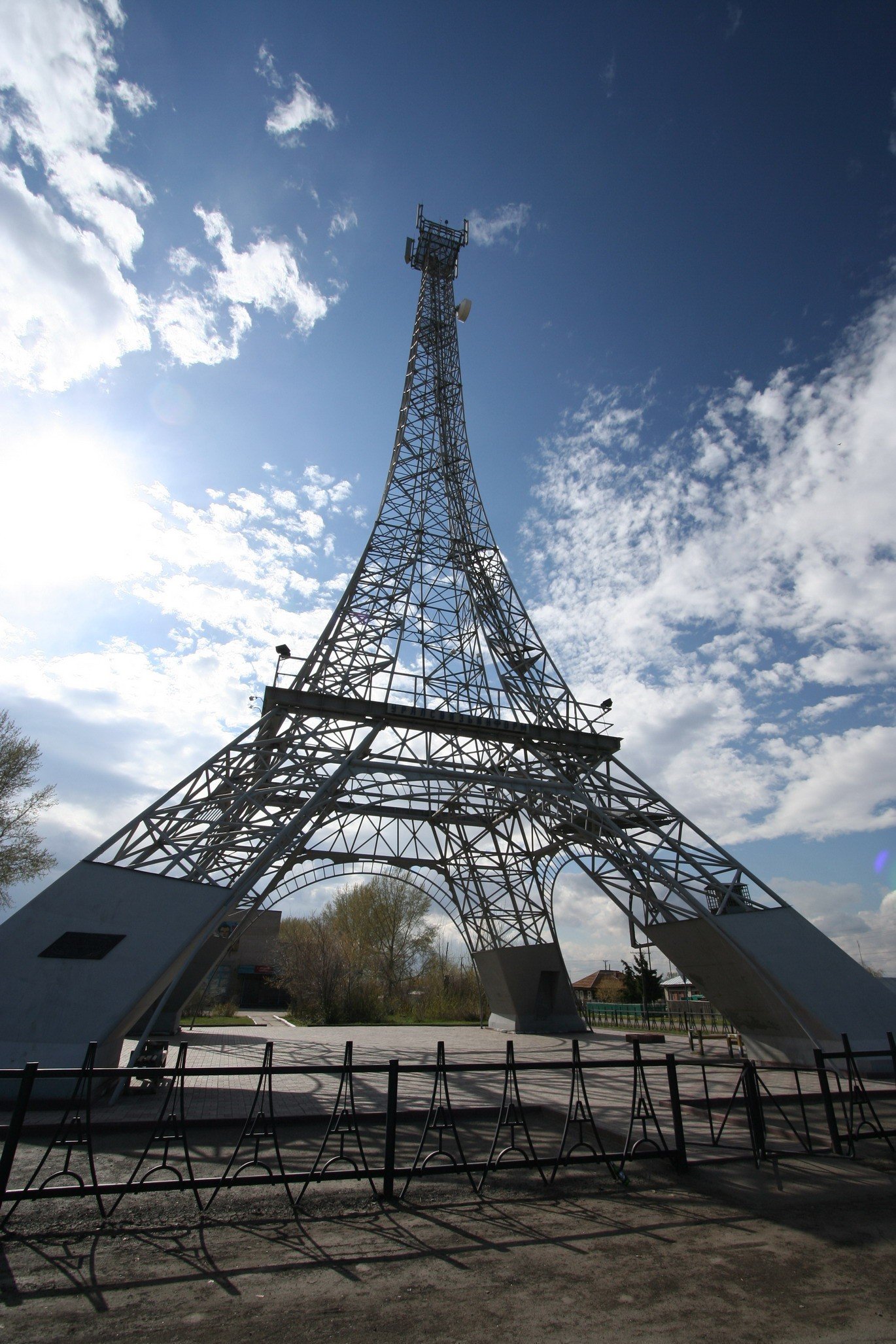
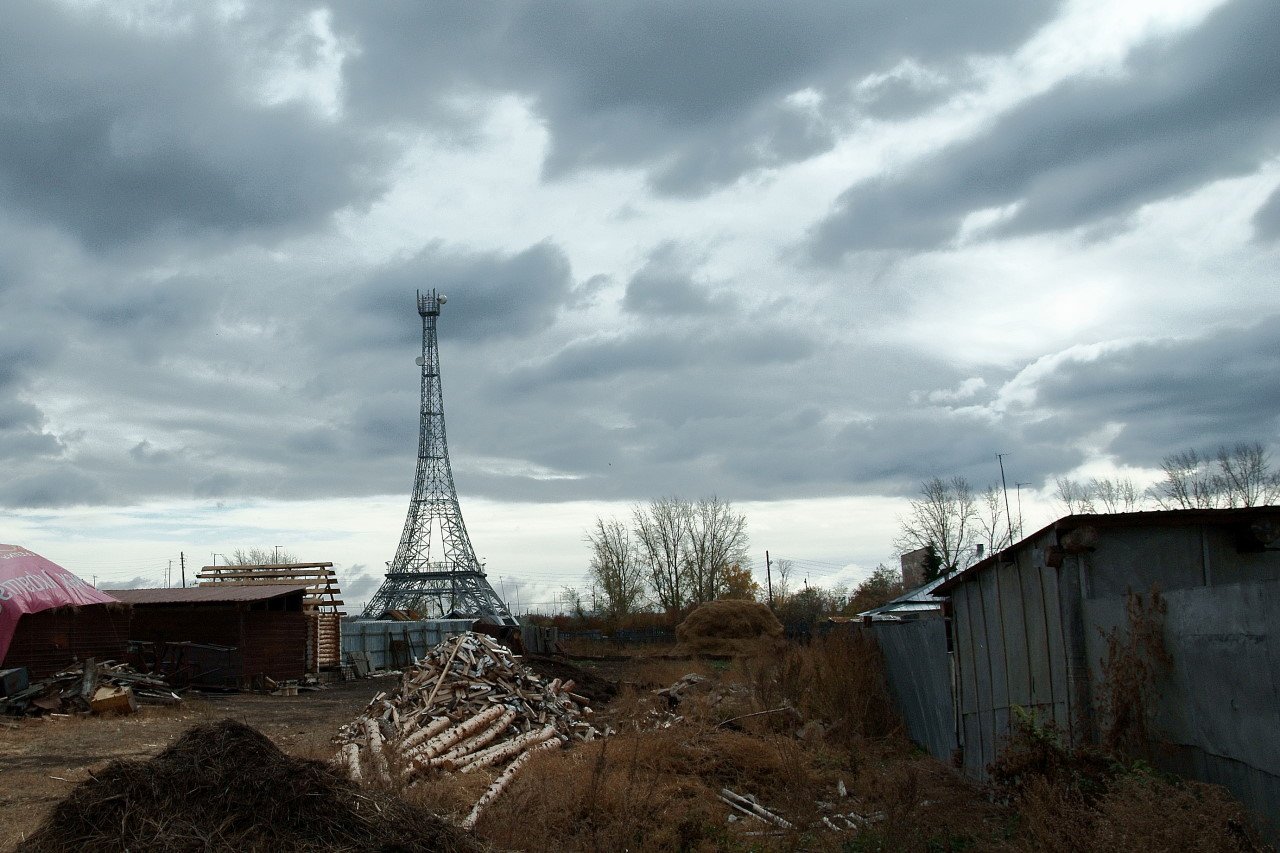
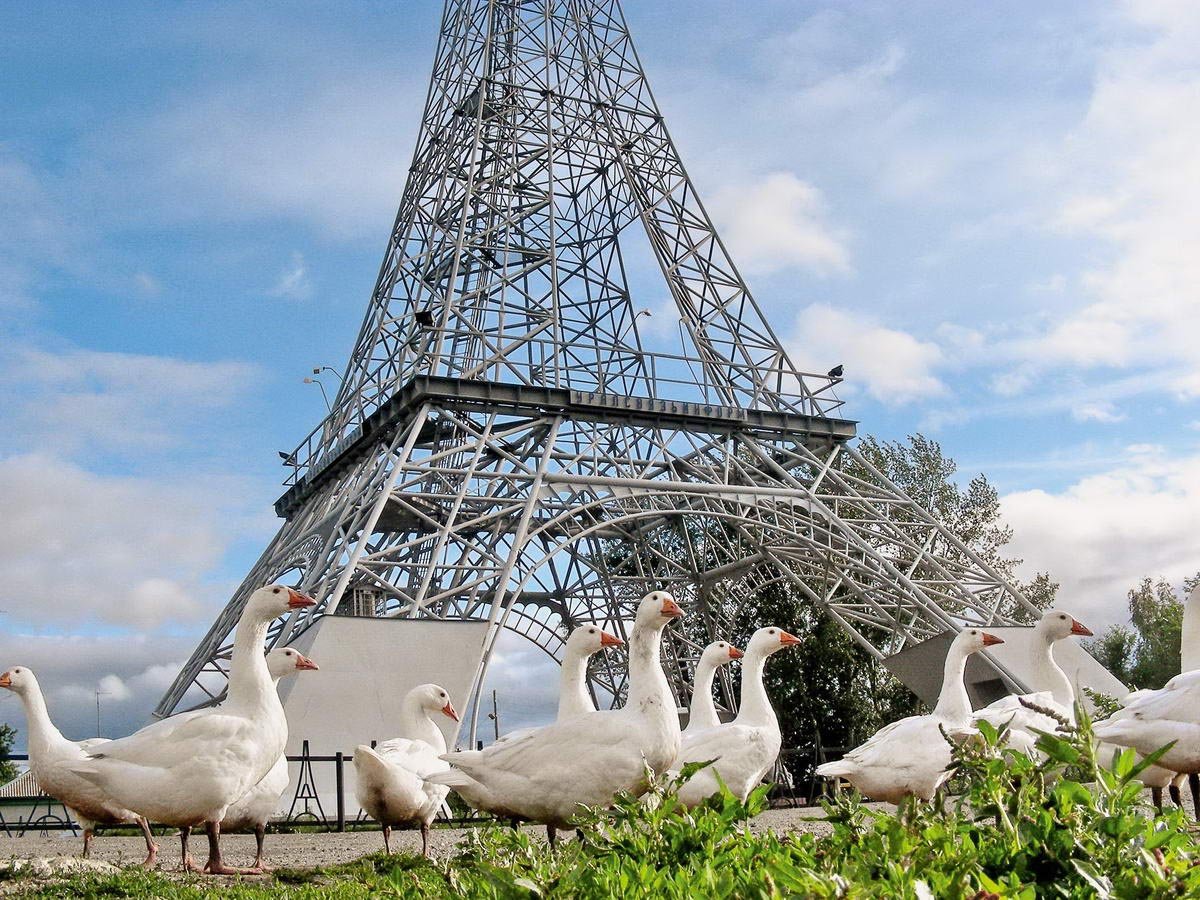
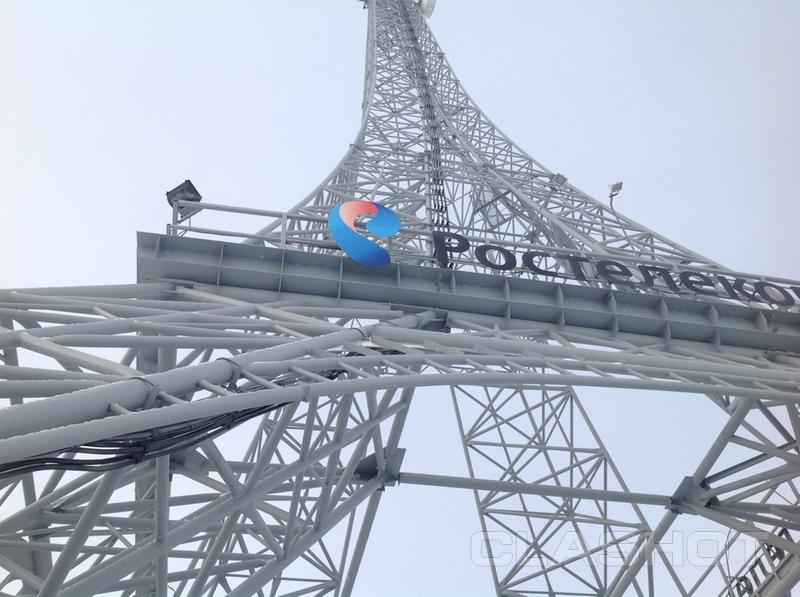
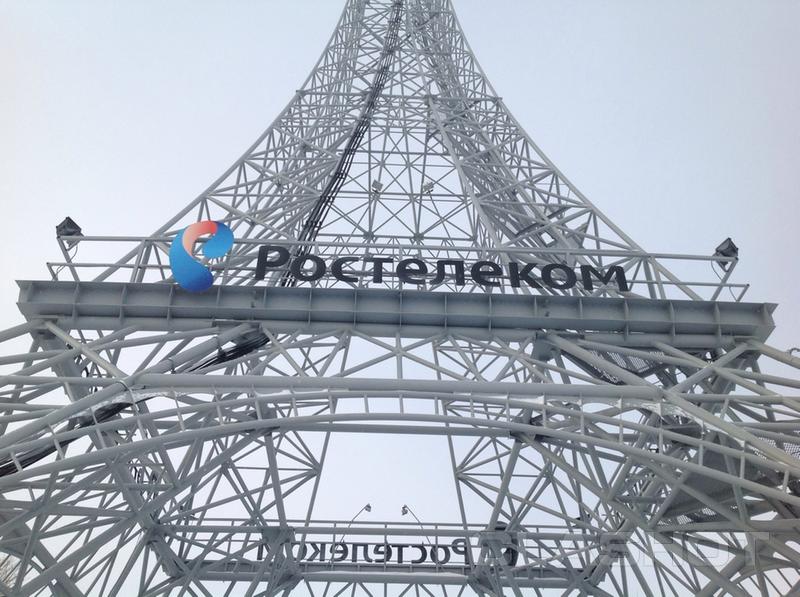
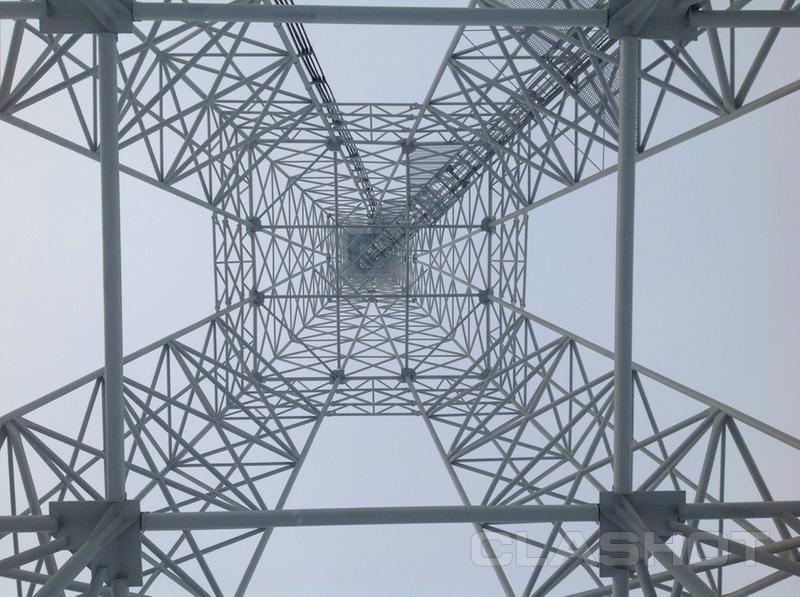
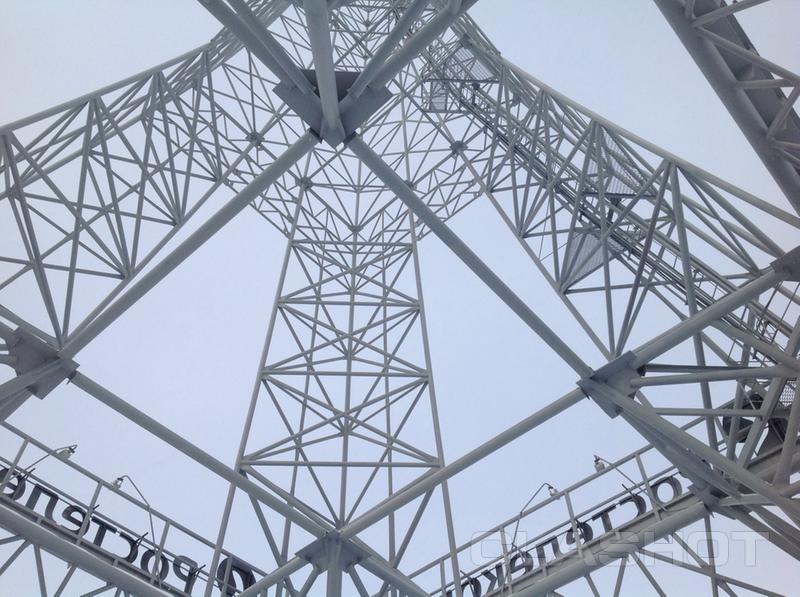
Video: Village of Paris
Highlights
The village of Paris is spread over a wide steppe space, in the valley of the left tributary of the Ural River, the Gumbeika River. It is surrounded by fields, so it is noticeable from afar. The state farm “Astafievsky” works here, and there are about 800 houses on 11 streets. Most of them are one-story, but in the center of the village you can see several two-story buildings erected during the time of N. S. Khrushchev.
.It is noteworthy that in the South Urals there are quite a few other settlements that bear the names of European cities. Berlin, Leipzig, Varna and Fershampenoise are relatively close to the village of Paris. The Chelyabinsk region also has its own Balkans, Port Arthur and other villages named in memory of Russia’s glorious military victories.
.
The village of Paris is famous not only for its unusual name. Of its 1712 inhabitants, 1682 are Nabaygaks, that is, they represent one of the small indigenous peoples of Russia. The Nabaygaks are considered an ethno-religious group of Tatars. They speak their own language and profess Orthodox Christianity. There is information that the Nabaygaks were baptized during the reign of Tsar Ivan IV the Terrible. Since the XVIII century, under Anna Ioannovna, they were registered as Cossacks and were in the military service of the state, becoming part of the Orenburg Cossack Army. In 1813-1814, the Nabaygaks formed a separate Cossack regiment of the Russian Army and participated in the campaign to Paris..
The only rural attraction is the tall “Eiffel Tower” – an exact copy of its French prototype, made on a scale of 1:6. The metal structure was built in 2005 by craftsmen of the Zlatoust plant and is used by a local telecom operator. Interestingly, the replica tower cost the budget 4 million more than if a standard communications tower had been put up in the village of Paris.
.The South Ural “Eiffel Tower” can be seen from different parts of the village, as it rises 50 meters. Next to the metal supports is a monument to fellow villagers who died during the Great Patriotic War, and nearby, in house No. 59 on Sovetskaya Street, is a local museum.
.
Museum
The museum collections, telling about the South Ural village of Paris, are housed in a good wooden house, which used to be owned by a prosperous merchant Tinibayev. The museum occupies four halls and an art gallery room. In it you can see the restored decoration of the Cossack hut and a large section dedicated to rural mechanizers, combine harvesters, milkmaids, calves and shepherds.
.
Hall of Military Glory presents materials about the residents of the village of Paris, who took part in the Great Patriotic War, the fighting in Afghanistan and Chechnya. “Corner of the local historian” tells about the picturesque nature of the Southern Urals, and the exposition “Paris today” introduces the village school named after Vasily Blucher, kindergarten and district hospital.
.How to get there
The village of Paris is located 307 km from Chelyabinsk and 95 km from Magnitogorsk. To get here by car from the regional center, you need to first move along the highway to Magnitogorsk, then turn to Fershampenuaz and drive another 50 km.
.